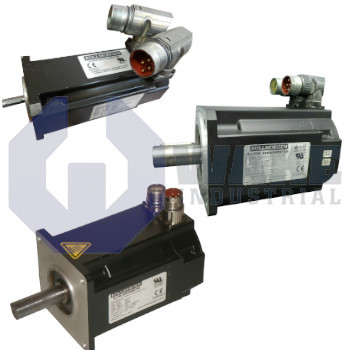Home Kollmorgen AKM Servo Motor Series AKM44S-SSC2R
We offer guaranteed 1-2 week repair time on AKM servo motors
AKM44S-SSC2R
- Straightforward Pricing: No Rush Fees, No Credit Card Fees
-
Available
Current response time:
5 Minutes 42 Seconds
The Kollmorgen AKM44S-SSC2R is a synchronous servomotor that features a special flange design and shaft. The motor is equipped with a 24V holding brake and Resolver feedback system.


 Wake Industrial Warranty
Wake Industrial Warranty













